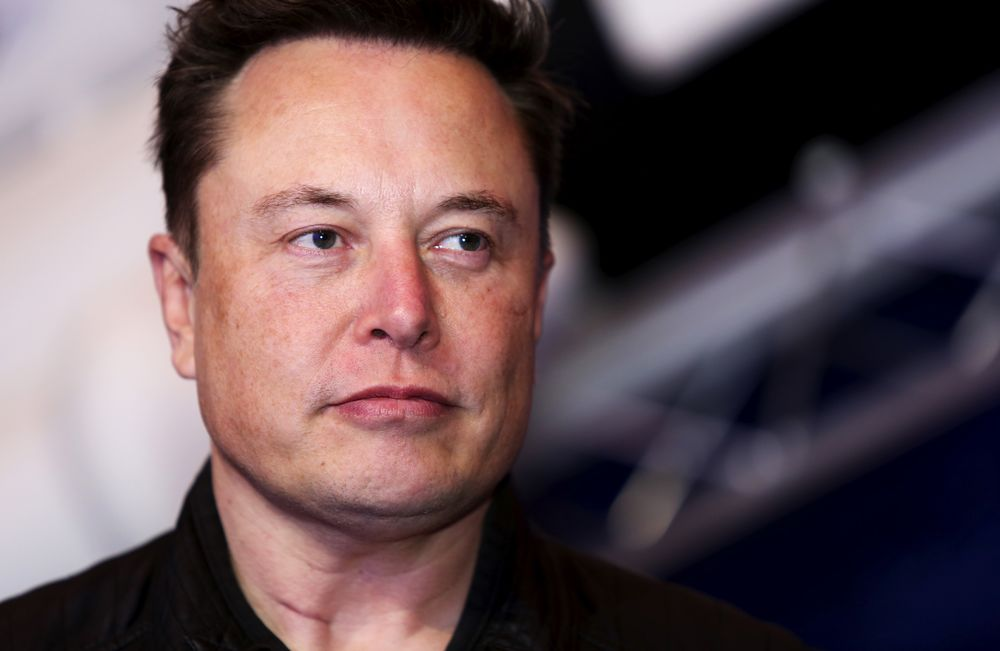Elon Musk has a full plate for 2022.

Rocketing into the new year
“It was Elon Musk’s year,” roared a range of news publications. Shares of Tesla Inc. soared to all-time highs, and Space Exploration Technologies Corp. soared to literal highs with inspiring strides in the modern space race. Musk’s other companies barreled ahead with brain implants and new approaches to underground transportation.
Can the world’s richest man keep the momentum going in 2022? The journey ahead is lined with speed bumps and dangerous curves. They will be made inevitably more perilous because Musk is seemingly incapable of moving at any speed less than Ludicrous mode. Below, a brief list of roadblocks Musk will have to navigate in the year ahead:
1. Reduce the empty promises
Musk frequently takes a fake-it-until-you-make-it approach to innovation, usually by unveiling some magical product, overhyping its market readiness and then eventually (usually) delivering after years of delays and criticism. This might have been palatable when he was aggressively running a startup but not so much when he leads a public company with a market value of about $1 trillion.
This hype machine isn’t without consequences. There’s serious risk to Tesla for selling customers a $10,000 Full Self-Driving system that isn’t actually capable of full self-driving. And, even if it hasn’t substantially harmed his reputation thus far, Musk will lose credibility if he unveils another robot that’s actually a person in tights. The Cybertruck,Tesla Semi and next-generation Roadster have all have faced significant production delays, and Musk will have to manage 2022’s supply chain,reliability issues and battery procurement to avoid further setbacks.
To be sure, Musk-style futurism is generally fine when they’re within a sort of “other bets” category (e.g.,Neuralink,Boring Co. and so on). But with competition heating up in electric vehicles, Musk’s too-early product unveilings could become a disadvantage, especially if his rivals are able to deliver on those types of products sooner than Tesla.
2. Minimize government headaches
Musk is often a troll. It can be funny to some but alarming to Tesla shareholders, who have watched him pick fights with Bernie Sanders (“I keep forgetting you’re still alive”),Elizabeth Warren (“Senator Karen”) and the White House. It’s difficult to see how such an adversarial relationship with U.S. officials will help Tesla, especially as it’s already under scrutiny from the nation’s automotive and securities regulators. Sure, it might help to burnish his relationship with Republicans but at what cost? The antagonism seems especially precarious given SpaceX’s dependence on government contracts.
Musk has been more thoughtful about Tesla’s European factory expansionand more diplomatic (if not deferential) in China. Neither strategy has gone perfectly, but it’s a more prudent approach compared with his Twitter trolling stateside.
3. Don’t forget the “Master Plan”
In 2006, Musk famously outlined his “secret” plan for Tesla, which mostly charted how the company would go from building an electric sports car to delivering an affordable EV for the masses. Equally important to that strategy, as he reemphasized in a 2016 blog post, was energy generation: solar power and integrated battery storage. But since then, his flagship solar product has failed to take off; Tesla’s Buffalo, New York, solar factorycontinues to disappoint; and the storage vertical remains small. Until he can turn on Tesla’s energy business, his “Master Plan” will not be complete.
If he can overcome some or all of these challenges next year, expect 2022 to be even brighter for Musk and his businesses. If not, well,there’s always Dogecoin.
Comments